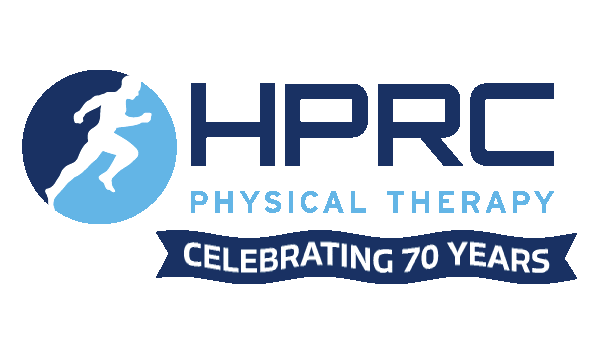Running is a great way to improve your cardiovascular fitness and get some fresh air! Unfortunately, injuries such as shin splints, runner’s knee, muscle strains, plantar fasciitis, and stress fractures can plague runners. Whether you are just starting out or you are an experienced runner, you want to do all you can to prevent an injury which could interrupt your training and your daily life. Here are some tips to help you achieve healthy running.
Wear proper footwear
It is important to wear shoes that were meant for running, fit you well, and are designed for your foot type. Runners who overpronate when running need a shoe with more stability and support, while runners who supinate require a shoe with more cushioning. If you are not sure what type of shoe you need, a physical therapist or knowledgeable shoe salesperson will be able to help. It is important to keep track of the miles on your running shoes and replace them regularly. Even if there are no visible signs of wear, you should retire your running shoes after a maximum of 500 miles.
Do a dynamic warm-up
Warming-up is important in order to get your muscles and joints ready for a run. You can walk or jog for a few minutes to get your muscles warm. You can also do some high knee marching and some exercises bringing your heel to your bottom (“butt-kicks”) to stretch the backs and fronts of your legs. Long duration static stretches are better to do after your run.
Vary your running surface
Paved roads are a very convenient running surface, but they are not very forgiving. If you are running a lot of miles, you may not want to log all of them on concrete. Doing some of your miles on a track or dirt surface results in less of a pounding on your legs. A treadmill is another great option, especially on days with poor weather. If you are running on the road, running on the left side of the road facing traffic is typically the safest way to run to avoid being hit by a car. If you are in an area where you can easily be seen, you may consider alternating between the right and left sides of the road due to the beveling of roads.
Increase distance gradually
Runners who are trying to increase their distance should do so gradually. An increase of about 10% per week is a good guideline. For example, if you currently average 10 miles per week, try for 11 miles next week. If you are training for a specific event or distance, be sure to plan ahead and give yourself ample time to ramp up your mileage safely.
Listen to your body
Perhaps the most important advice to avoid injury is to listen to your body. If you are developing a nagging ache or pain with running, respect it. It is better to take a few days off than to let a little nagging pain turn into a serious injury. You can cross train by biking or swimming to give your body a break from running while maintaining your fitness. It is also a good idea to seek a physical therapy evaluation to address any muscle imbalances or mechanical issues that you can correct to resume pain-free running.
Brittany McLeod, PT, DPT, is a licensed Physical Therapist with HPRC St. Francis Main Campus since 2013. She received her Doctorate in Physical Therapy degree in 2012 at Upstate Medical University in New York and her BS degree in Heath Science at SUNY Brockport New York in 2009. Brittany is a member of the American Physical Therapy Association, Orthopedic Section.



